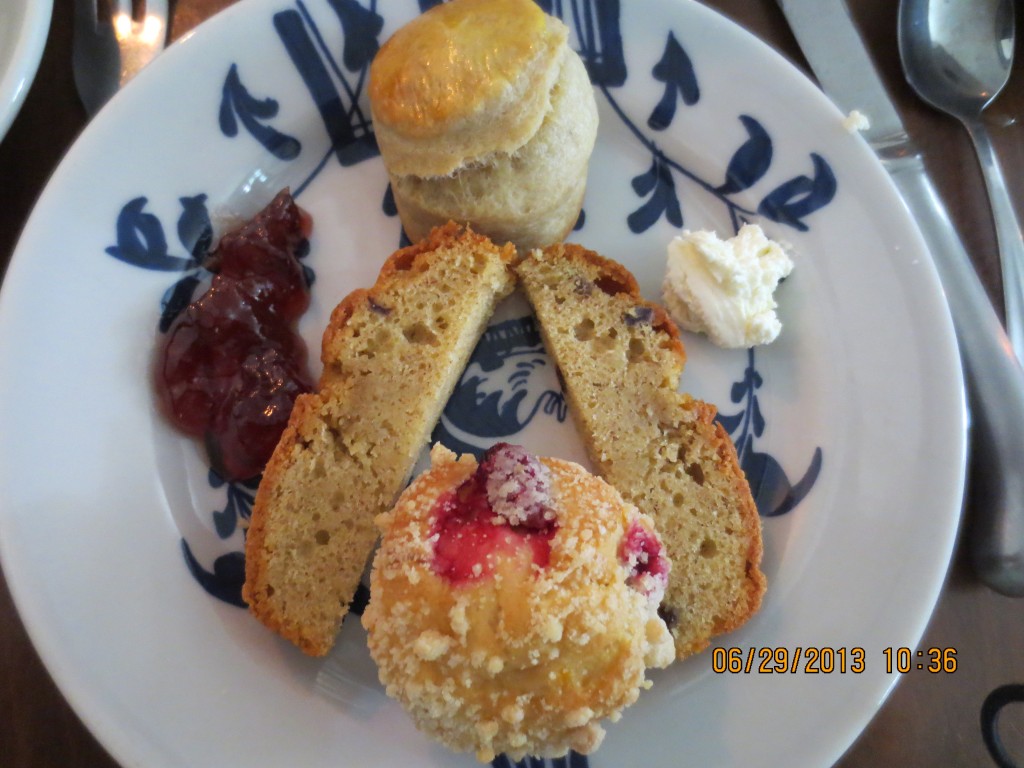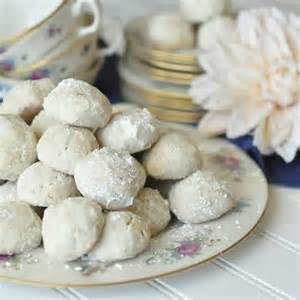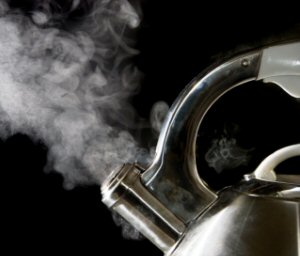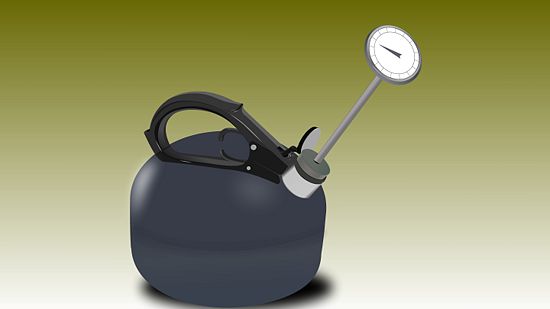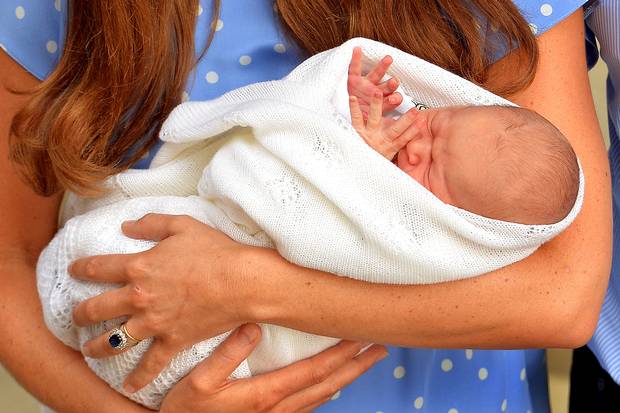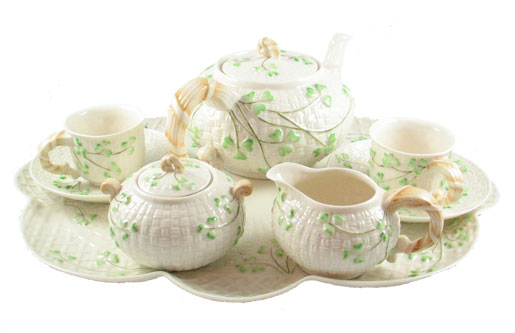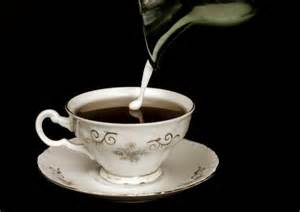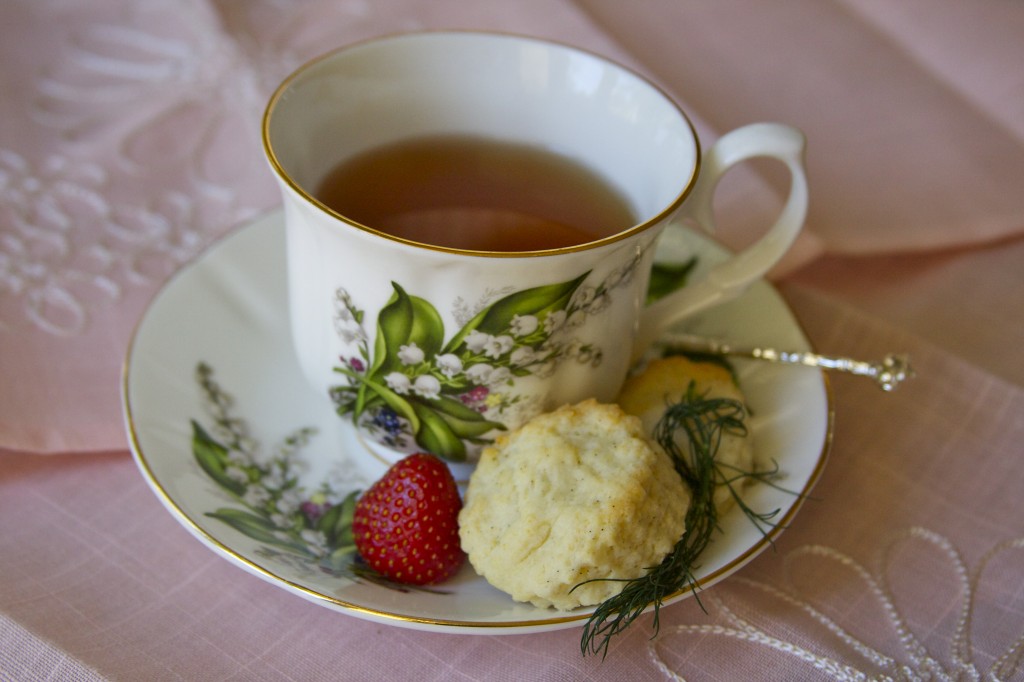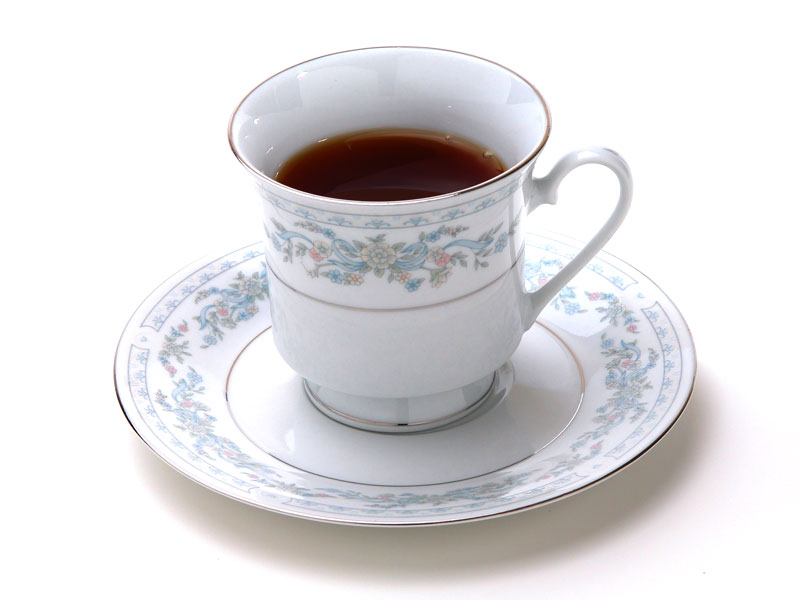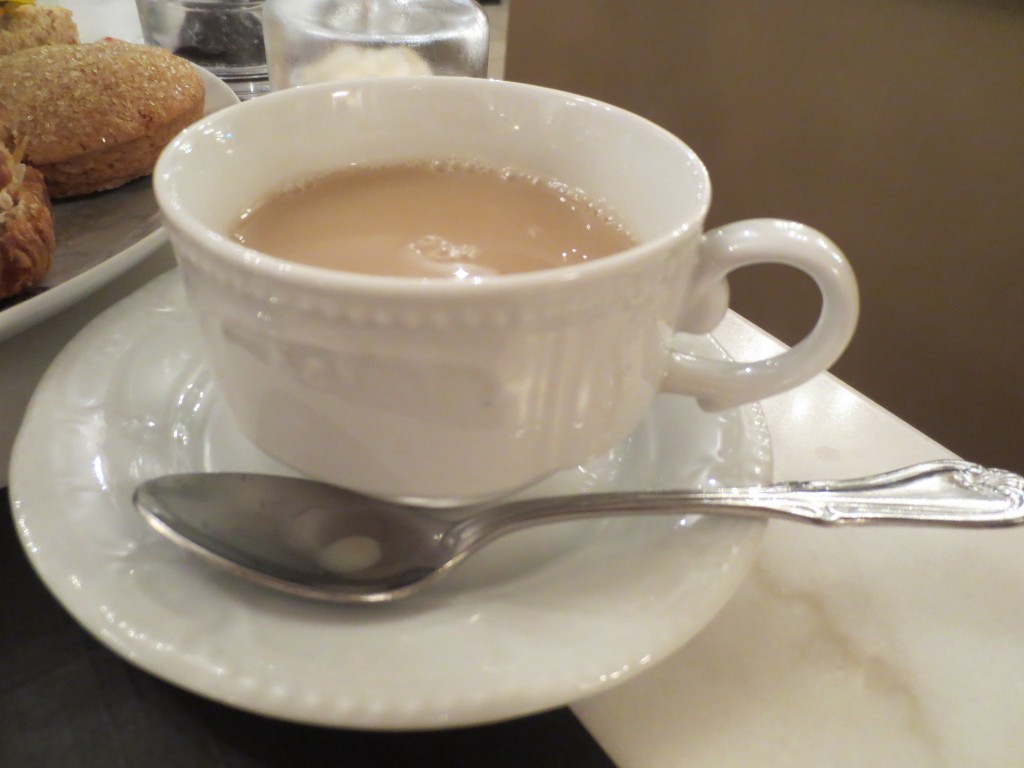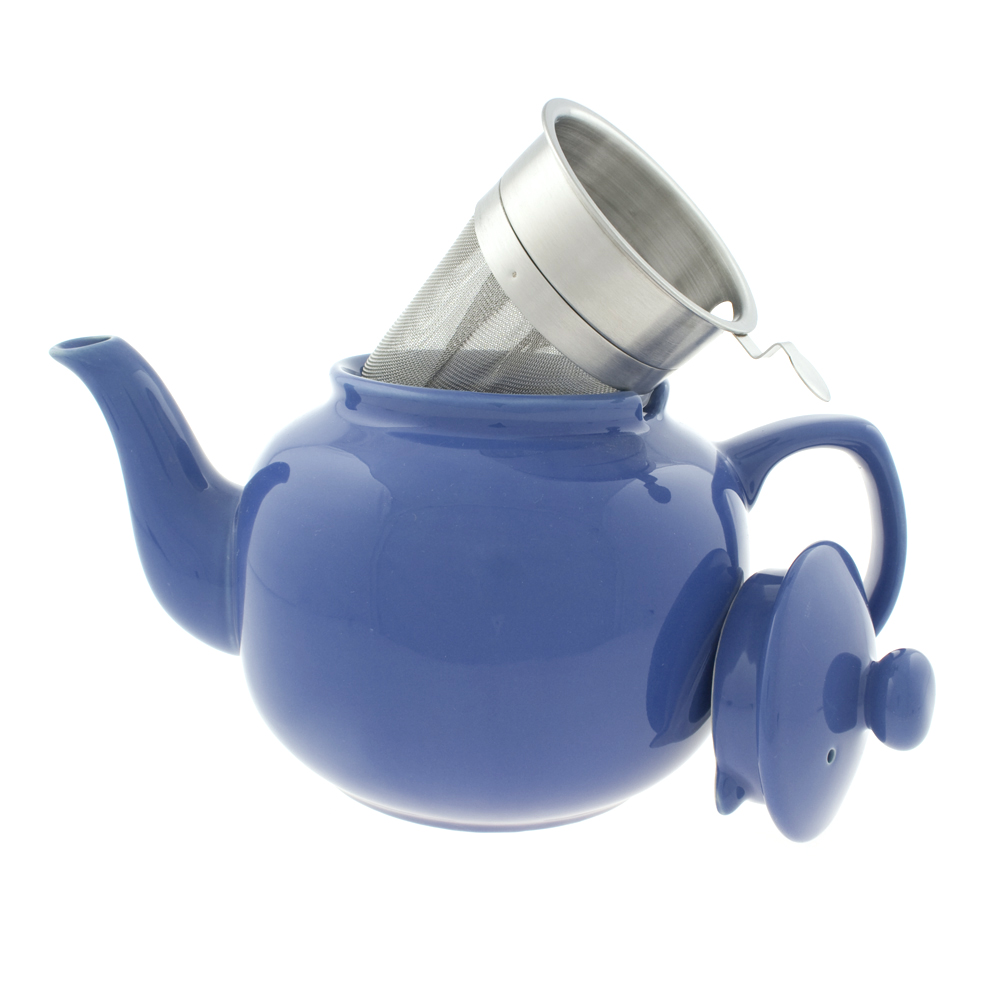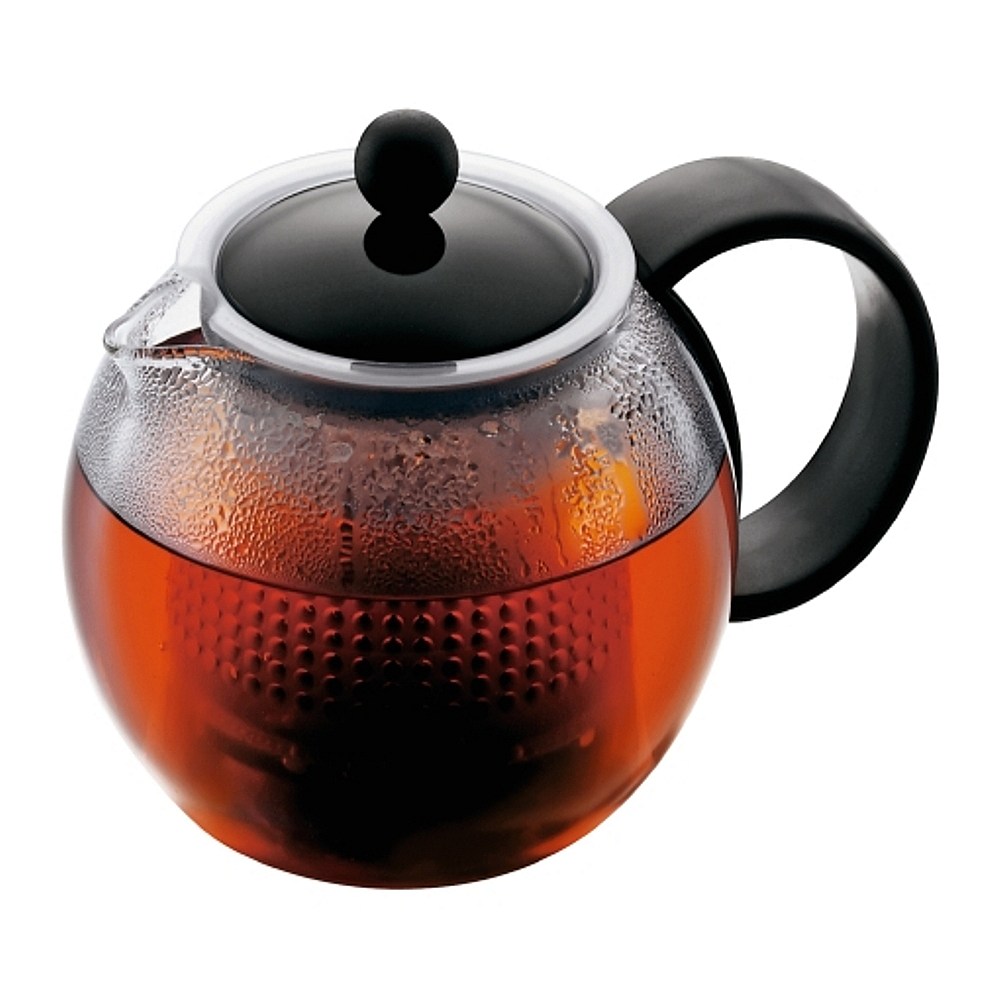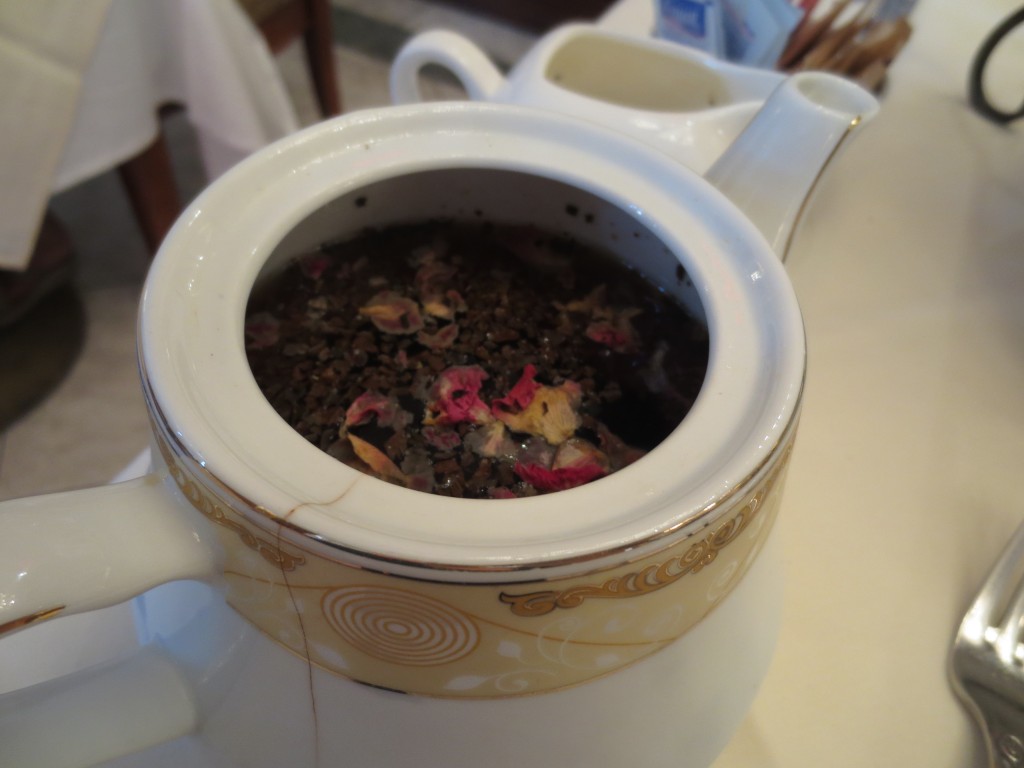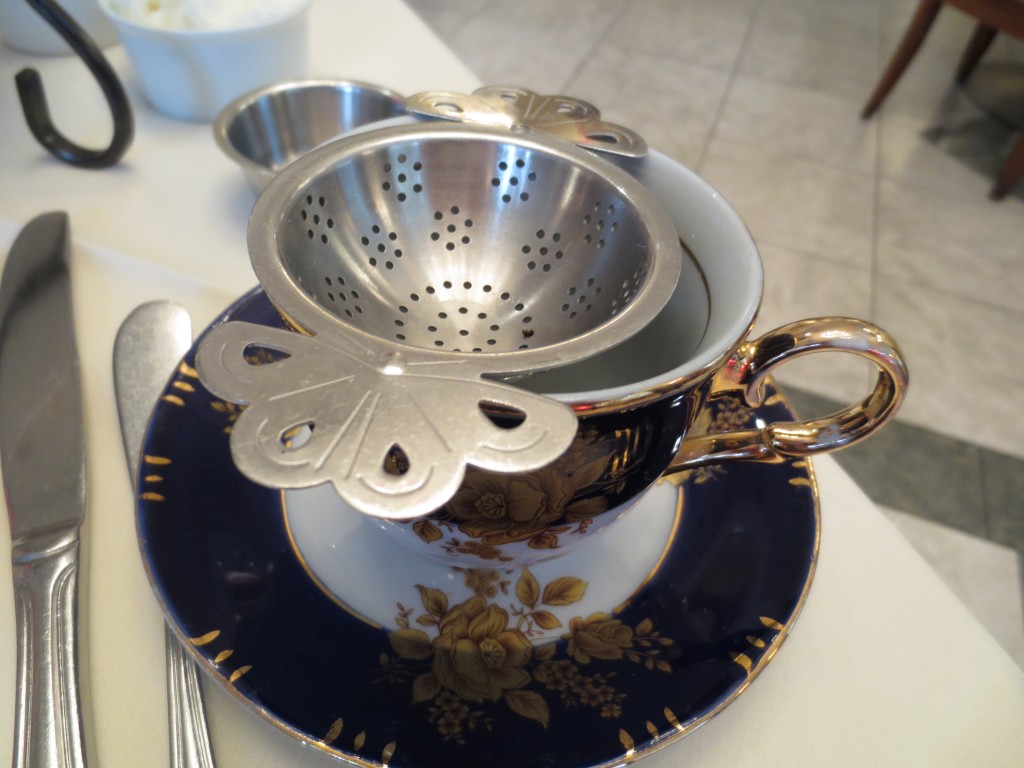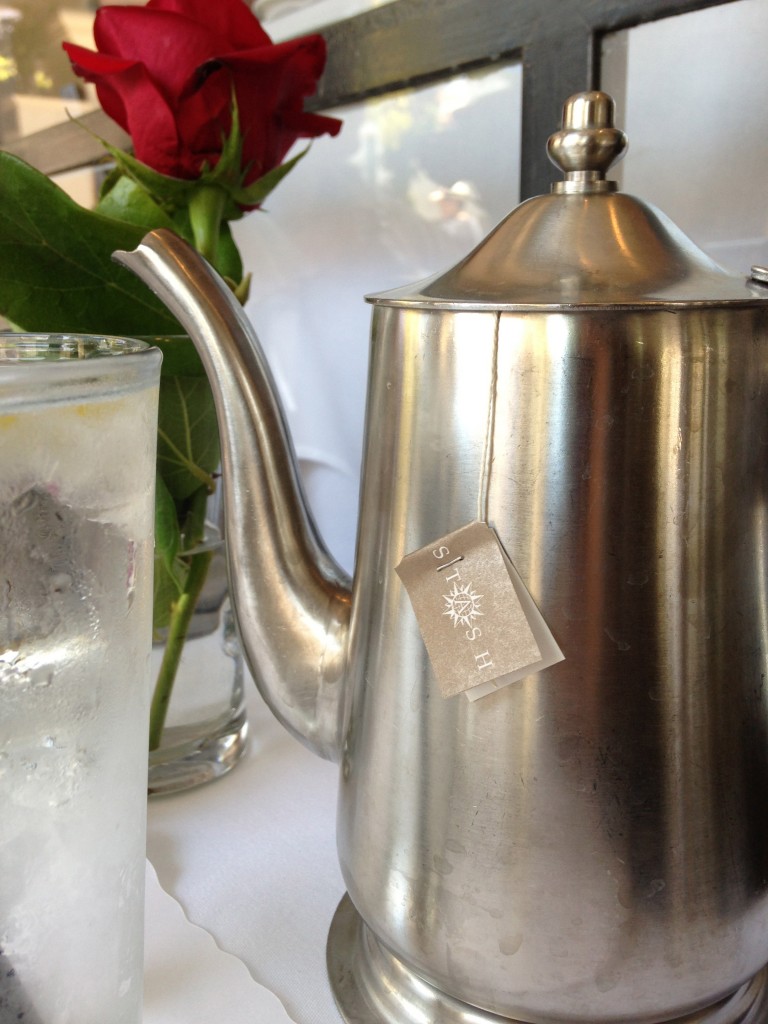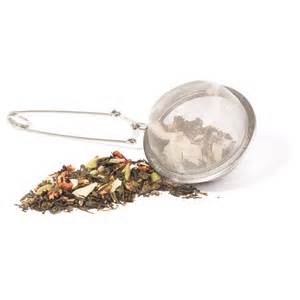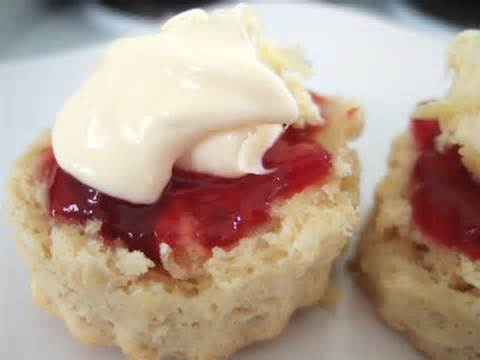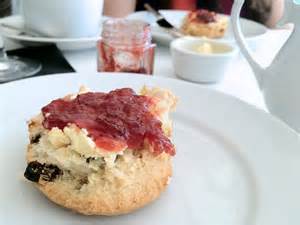We all know my obsession with authentic, legitimate clotted cream. It’s well documented on the blog! But usually it shows up in the form of me lamenting during a review about some tea house or another’s makeshift clotted cream just not cutting it compared to the British stuff. Sorry if you get sick of those little cry tests.
But it’s a sad, sad, sad fact that the US is lacking true clotted cream.
Am I saying that clotted cream literally does not exist in the United States? No, obviously. I have found some grocery stores that sell Devonshire or Clotted Cream in their dairy sections and know of a few tea houses that import their clotted cream from England in order to be authentic. There are also millions of recipes that claim to make clotted cream, findable with a simple Google search. Yes, many of these recipes mimic the glory of clotted cream–some even come close to matching it–but there is one simple difference that is extremely difficult to overcome here and without overcoming it you cannot make authentic clotted cream. (If you are looking to make Devonshire cream, there are two.)
You have to use unpasteurized milk. Most technically it’s unpasteurized, unhomogenized milk, but for sake of easy argument let’s call it unpasteurized.
Pasteurizing milk heats it to kill off bacteria and other disease causing microbes. Pasteurizing milk became a federal requirement in 1924, aka The Year Clotted Cream Died. I’m not going to go into the long explanation and history of the Raw Milk Debate, so if you’re curious, there are lots of great articles on the Interwebs. Pasteurizing and homogenizing milk changes the structure of the fat globules, which sound disgusting but are the most amazing thing ever because they form clotted cream.
Now over the last five years, many states are legalizing the sale of raw milk again (thank you advances in medical science) so true clotted cream can make a comeback! Unfortunately most tearooms still use a version of glorified whipped cream and call it clotted. Restaurants are not allowed to use unpasteurized milk for “health and safety reasons” so I guess it isn’t really their fault. But still…
So there you have it: the reason clotted cream at tearooms is not real clotted cream has all to do with Federal regulations prohibiting the use of raw milk, false advertising, and if you are looking for Devonshire cream the lack of cows from Devon living in the United States.
Makes you wish we hadn’t declared independence, hmm?
A tearoom review and more scone recipes are coming soon! Plus some fun new featured recipes and topics, so stay tuned and sign up for email notifications so you don’t miss anything!
